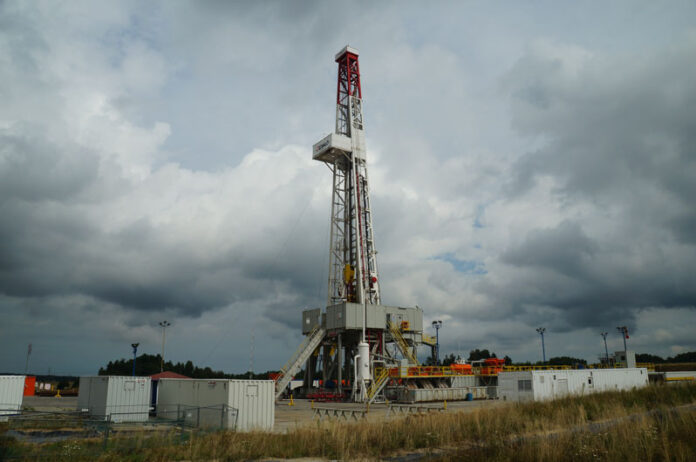In the oil and gas industry, efficient drilling techniques are crucial for successful exploration and production operations.
Downhole motors, also known as mud motors or drilling motors, play a vital role in the drilling process.
Downhole motors are used to generate additional torque and rotation, enabling efficient drilling of directional and horizontal wells.
What is a Downhole Motor?
A downhole motor is a hydromechanical device placed in the BHA, which helps in the drilling process by providing additional power to the drill bit.
It is primarily used in drilling operations where the conventional rotary drilling technique is not sufficient, such as in directional and horizontal drilling.
Powered by the drilling fluid, the downhole motor converts hydraulic power into mechanical power, driving the drill bit to cut through the rock formations.
What are the Components of a Downhole Motor?
Power section
The power section is the primary component responsible for generating the torque and rotation required for drilling.
It comprises a rotor and a stator, which work together to convert the hydraulic power from the drilling fluid into mechanical power.
The rotor is a helical-shaped steel bar that rotates inside the stator, a rubber-like material with a helical cavity.
As the drilling fluid flows through the power section, it creates pressure that causes the rotor to rotate within the stator.
Transmission section
The transmission section transfers the torque and rotation generated in the power section to the drill bit.
It consists of a series of universal joints, which allow the drill bit to rotate and bend in different directions, enabling directional and horizontal drilling.
Bearing section
The bearing section is responsible for supporting the axial and radial loads generated during the drilling process.
It contains various types of bearings, such as radial and thrust bearings, which ensure smooth and stable rotation of the drill bit.
Drill bit
The drill bit is the cutting tool used to break and remove rock formations as it rotates.
It can be either a roller cone bit or a fixed cutter bit, depending on the type of formation being drilled.
Read next: Working on a Drilling Rig: Positions and Responsibilities
How Does a Downhole Motor Work?
The operation of a downhole motor begins with the drilling fluid, also known as drilling mud, being pumped down the drill string.
As the fluid reaches the power section, it flows through the rotor-stator assembly, creating differential pressure.
This pressure causes the rotor to rotate within the stator, converting the hydraulic power into mechanical power.
The rotation of the rotor is then transferred to the drill bit through the transmission section.
The universal joints in the transmission section allow the drill bit to bend and change direction, enabling precise control of the drilling trajectory.
As the drill bit rotates, it cuts through the rock formations, creating borehole. The drilling fluid carries the cuttings back to the surface, where they are separated from the fluid and discarded.
The drilling fluid is then recirculated back down the drill string, continuing the drilling process.
Read next: What Is Drilling Mud And How It Is Used?
